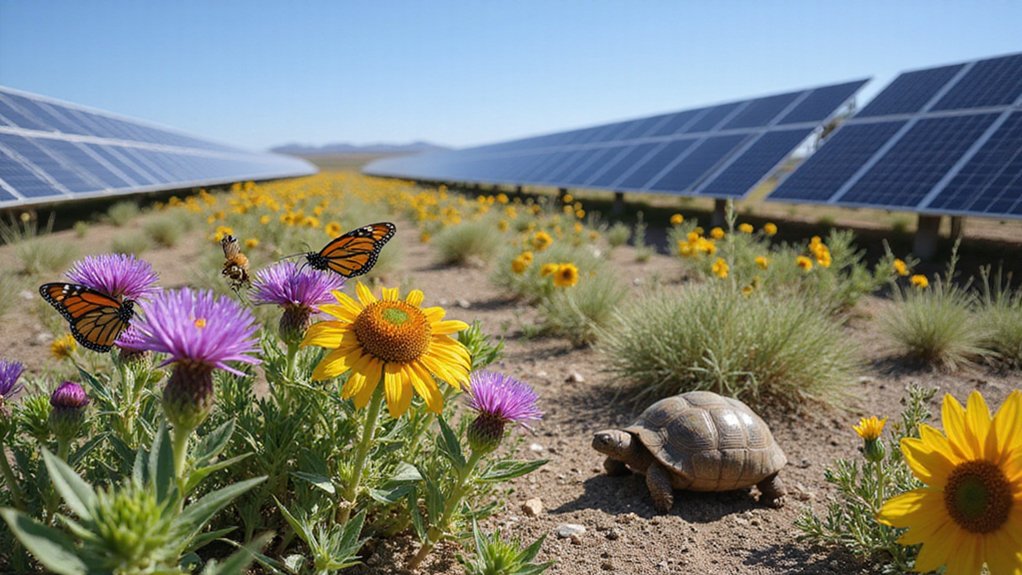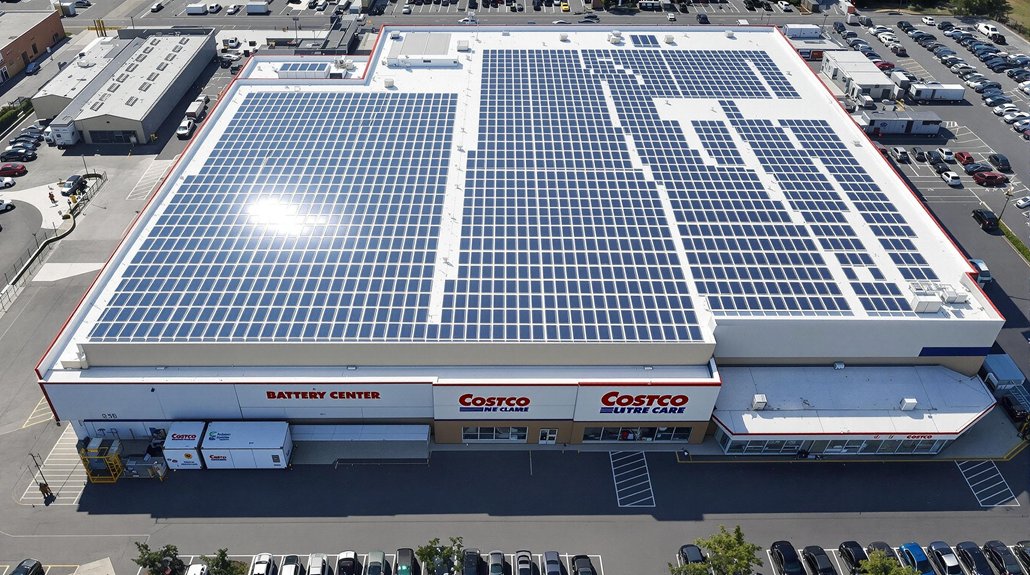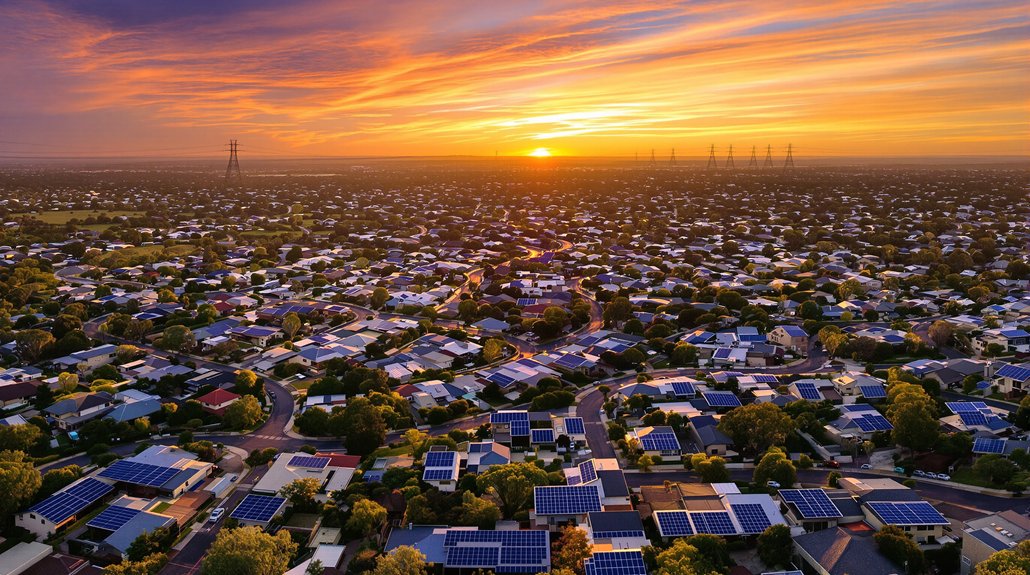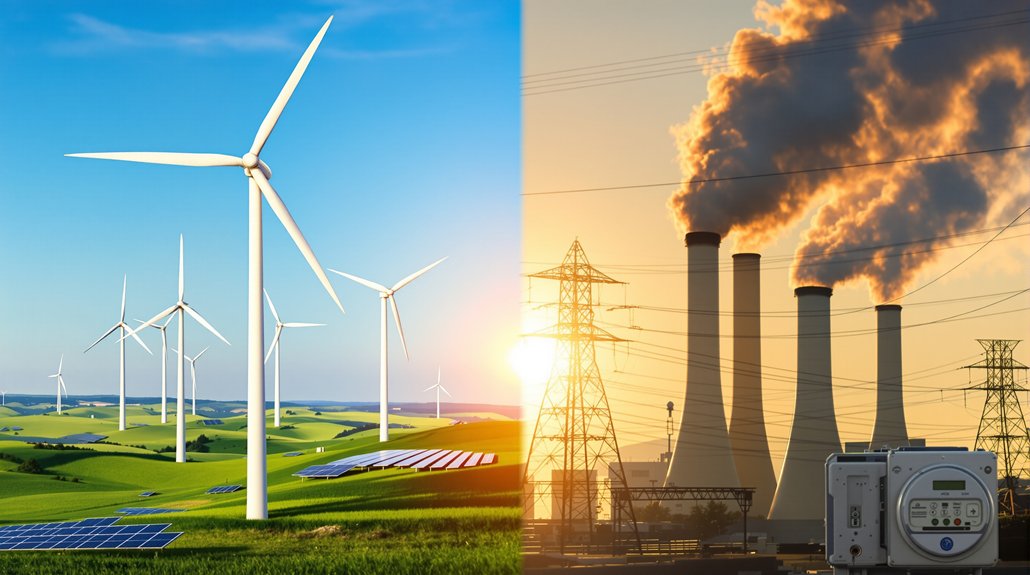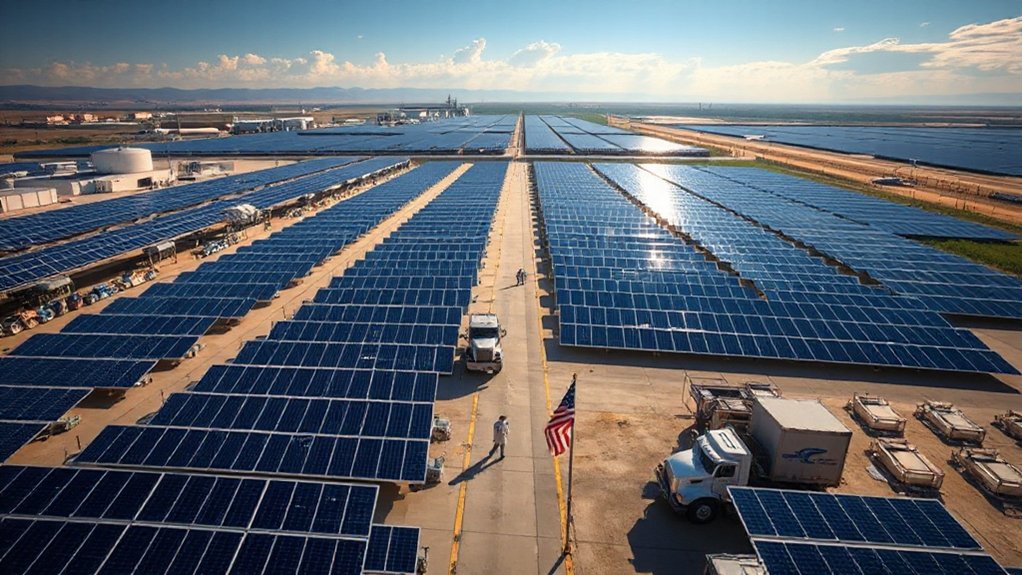Michigan’s 24,000 contaminated industrial sites are being reimagined as clean energy hubs. State officials and researchers support installing solar panels on these brownfields instead of undeveloped land. Projects like the 120-megawatt array on a former mining site in the Upper Peninsula demonstrate this potential. The transformation creates jobs while addressing pollution issues. These toxic wastelands could power Michigan’s future while healing environmental scars from the past.
As Michigan tackles the problem of its 24,000 contaminated sites left behind by decades of industrial activity, a promising solution is emerging from these toxic wastelands. These polluted areas, known as brownfields, represent the legacy of manufacturing industries that once discarded hazardous materials with little oversight.
Now, environmental advocates see these sites as perfect locations for solar energy projects. The state’s brownfields are being reimagined as clean energy hubs. A successful example exists in Michigan’s Upper Peninsula, where a 120-megawatt solar array now operates on a former mining site. The Environmental Law & Policy Center actively supports this shift from contamination to clean power production across the state.
Brownfields once scarred by pollution are finding new purpose as solar energy sites across Michigan’s industrial landscape.
Michigan’s Department of Environment, Great Lakes, and Energy (EGLE) encourages solar development on former landfills. The Butterworth landfill in Grand Rapids, once a Superfund site, is being evaluated for solar panels. Grand Rapids has already received $3 million in state funding to help transport electricity from this future solar installation. The proposed Butterworth project could generate up to 15 megawatts of electricity from approximately 60 acres of the former landfill.
Public support for these projects is strong. University of Michigan research shows positive opinions about solar projects outnumber negative ones by nearly 3-to-1 among nearby residents. People strongly prefer seeing solar panels on disturbed industrial locations rather than on undeveloped land. These preferences align with Governor Whitmer’s carbon neutrality goals for 2050 and the state’s MI Healthy Climate Plan. This transition aligns with global trends where renewable energy creates three times more jobs than fossil fuels.
These projects face technical challenges. Solar installations can’t damage the protective caps that contain toxic waste. The panels must be installed without penetrating liners or disrupting gas collection systems that keep contaminants safely sealed. Michigan follows established practices from other states for safe installation.
EGLE’s Materials Management Division oversees these conversion projects. Different regulations apply based on when the landfill was closed and what type of waste it contains. Environmental monitoring systems must remain functional throughout the solar installation process.
While taxpayers often bear the cost of cleaning up abandoned brownfields, these solar conversions offer a path forward. By transforming environmental liabilities into clean energy assets, Michigan’s contaminated past could help power its future.
References
- https://insideclimatenews.org/news/05052025/michigan-brownfield-sites-solar-power/
- https://www.michigan.gov/egle/-/media/Project/Websites/egle/Documents/Programs/MMD/Landfills/Guidance-Solar-Installations-Landfills.pdf?rev=9e72fe5bb1294cdd8b18b7a990e29ab2
- https://www.fox17online.com/news/local-news/grand-rapids/city-of-grand-rapids-seeks-solar-options-for-butterworth-landfill-site
- https://www.epa.gov/superfund-redevelopment/superfund-sites-reuse-michigan
- https://radio.wcmu.org/local-regional-news/2024-10-10/a-former-superfund-landfill-site-in-grand-rapids-is-closer-to-providing-solar-power

